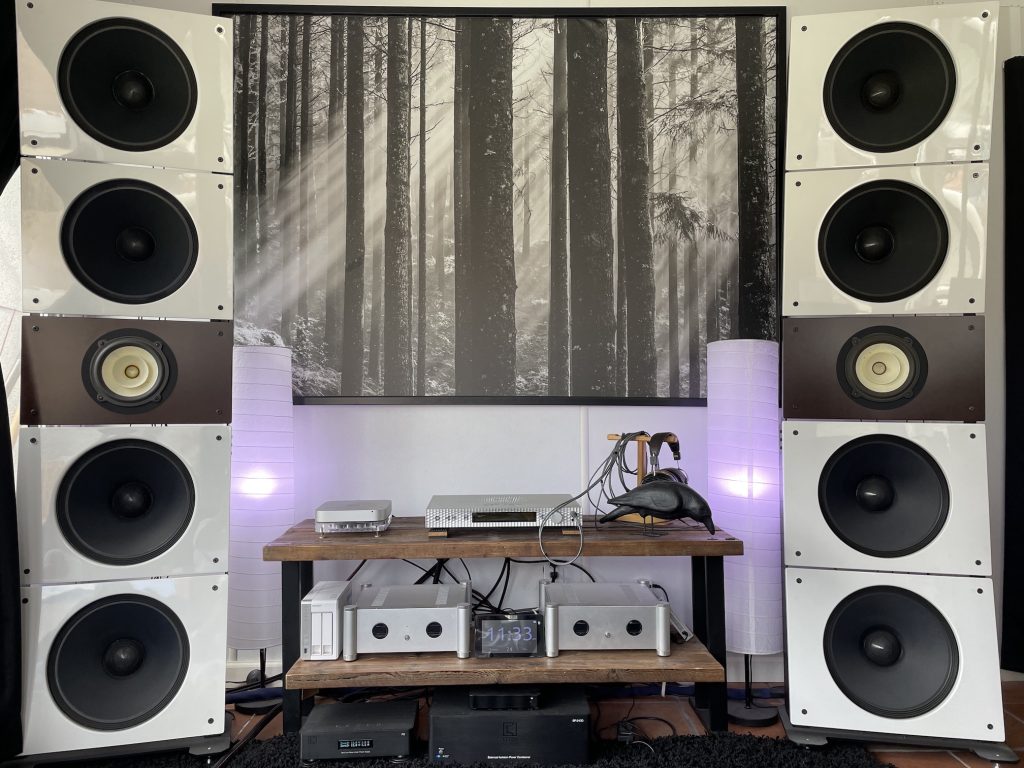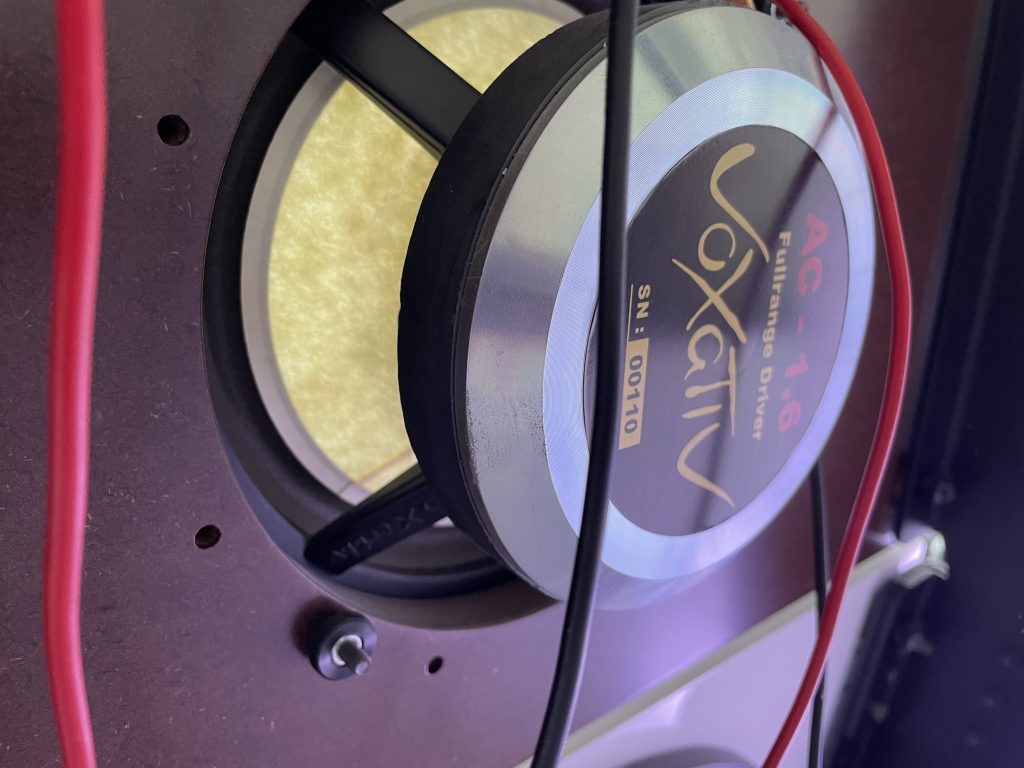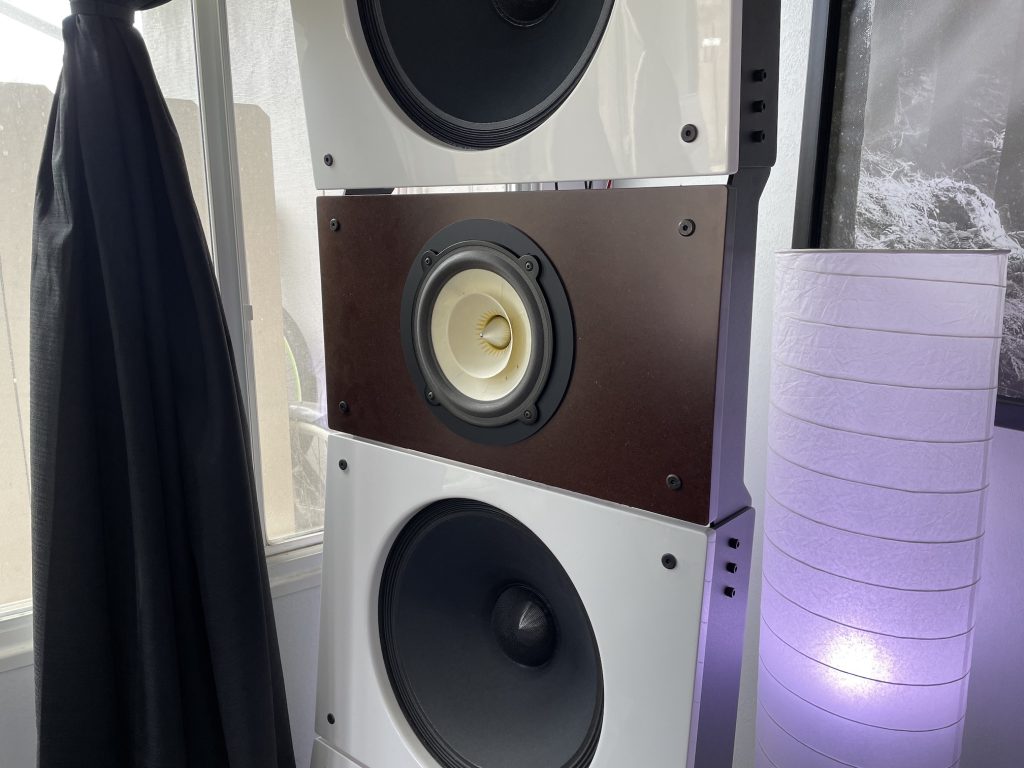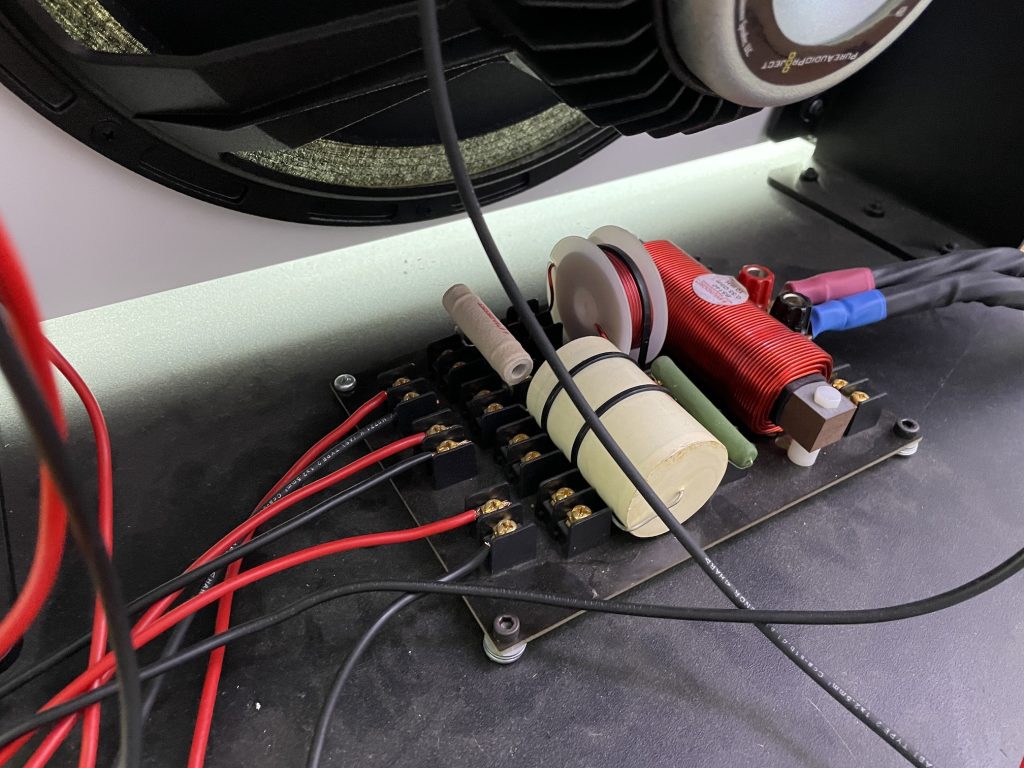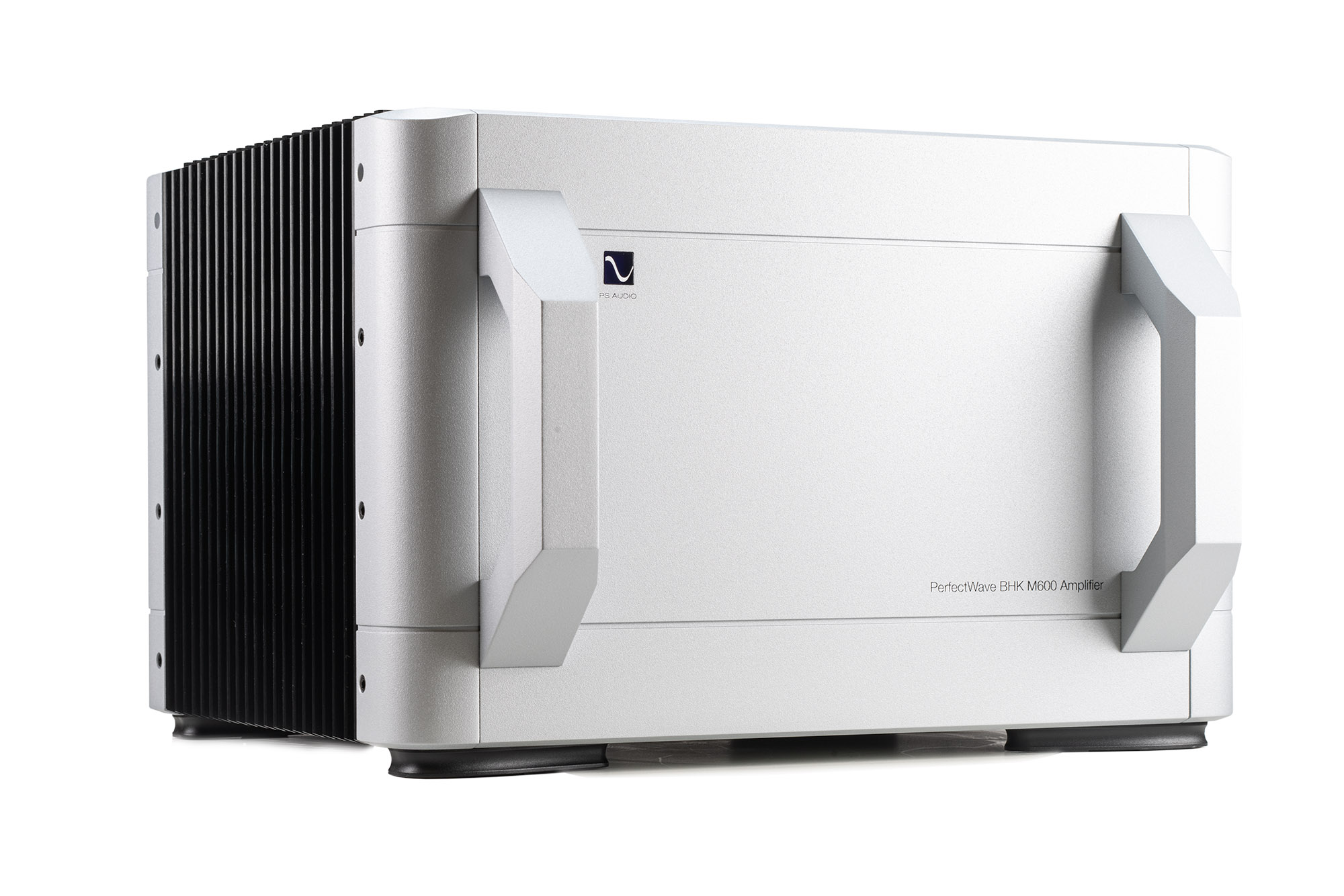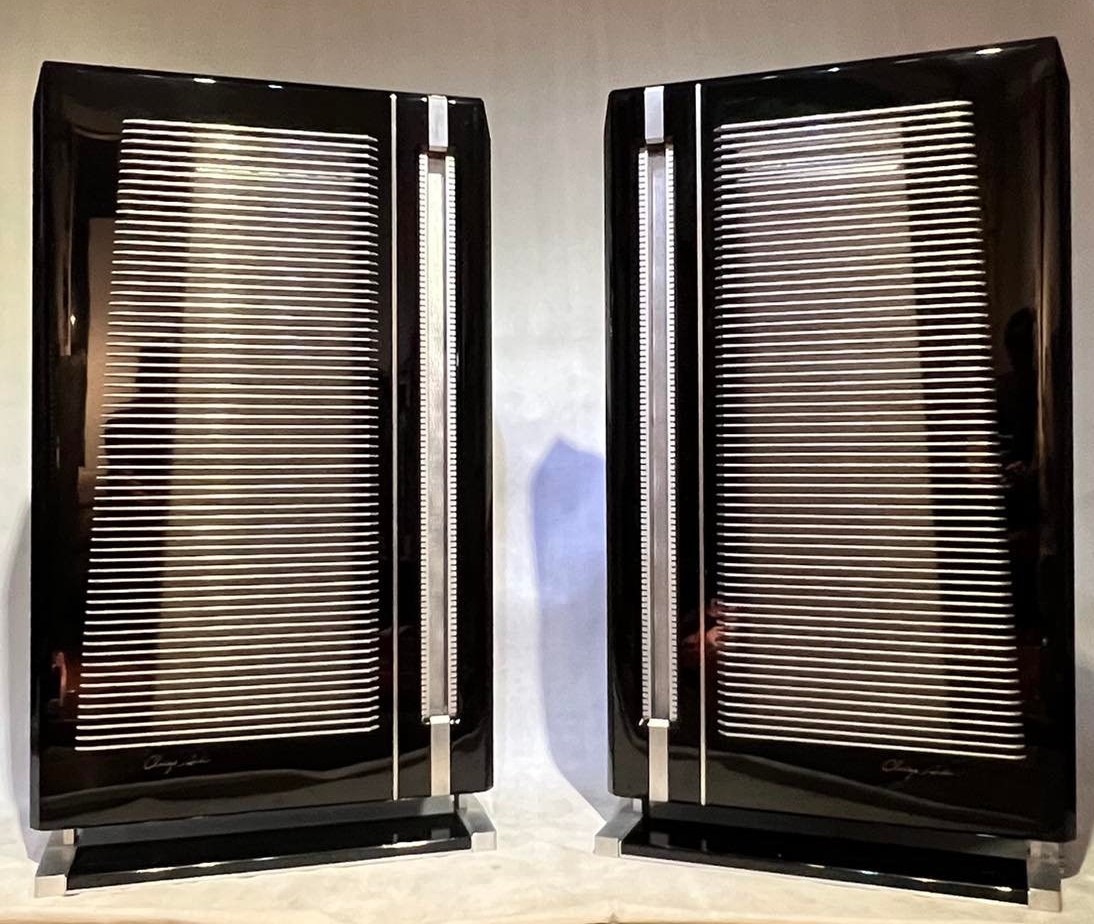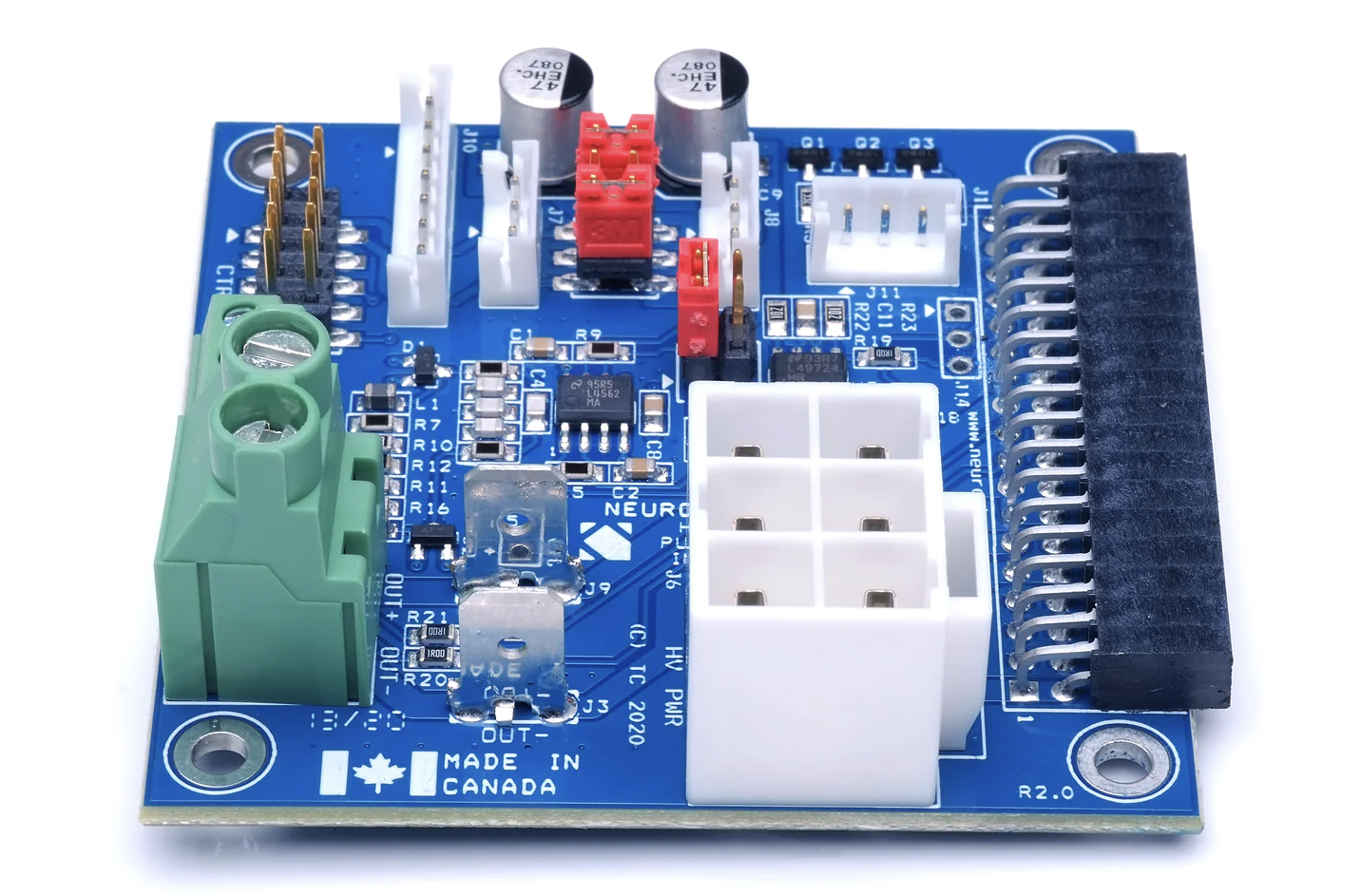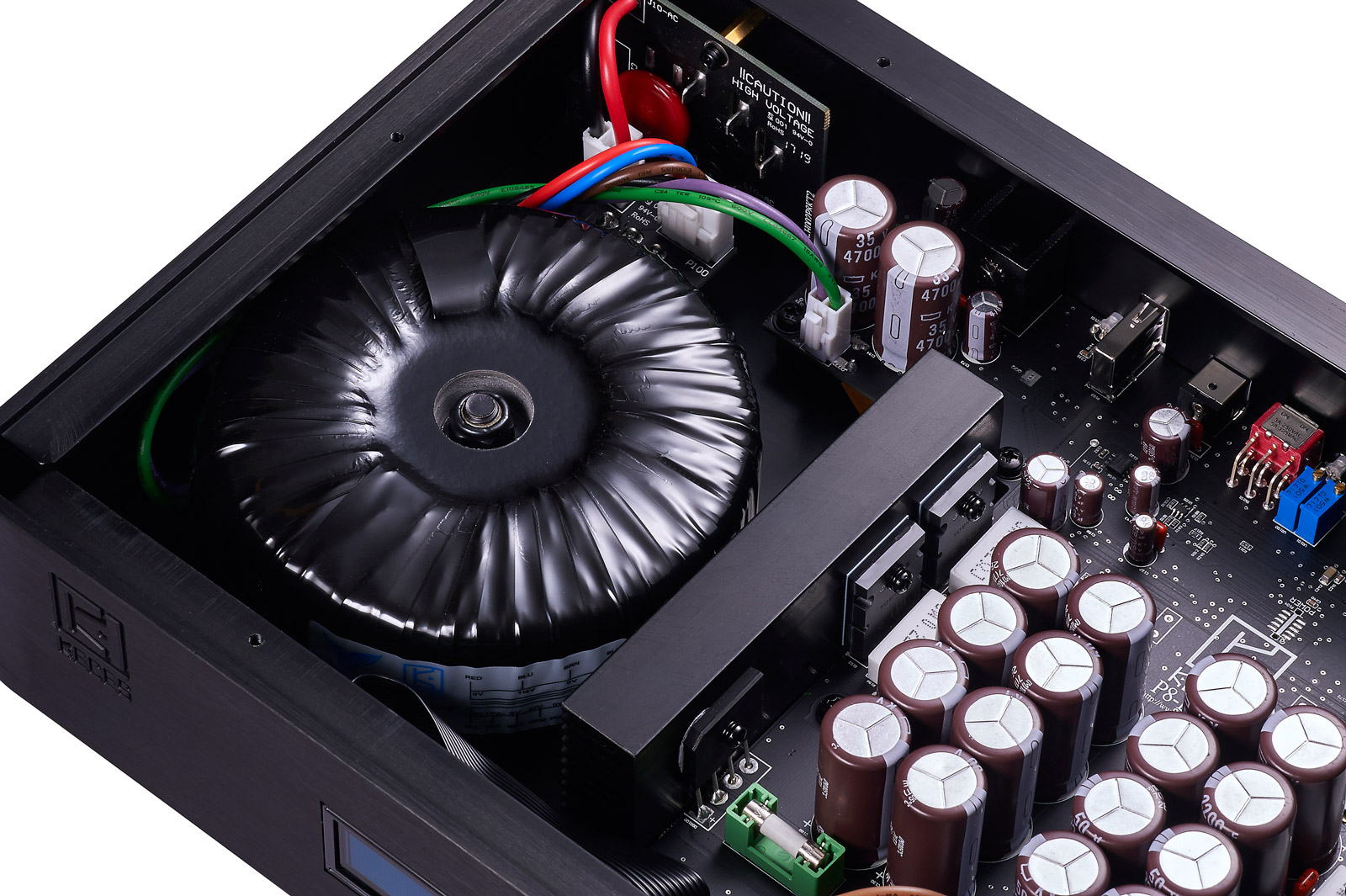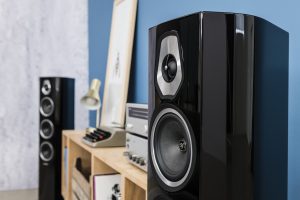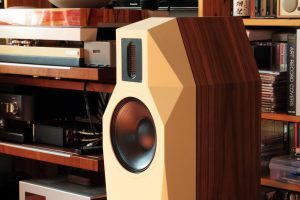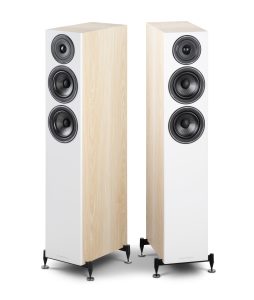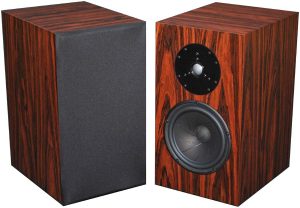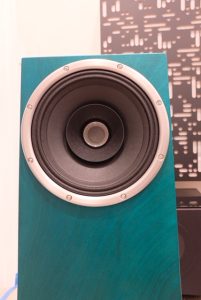Wow! It's been a while. If you are interested in Pure Audio Project or never heard of it, I suggest you read my older review of the Trio 15 speaker system HERE.
That was written back in 2019. I loved that setup; a very open / wide soundstage with the pleasantness and tonality that open baffle speakers offer. Of course I then heard of the Quintet model, which is basically twice the size of Trio. Two more 15" woofers per side with the same full range Voxativ driver in the middle. No need to add any to that driver, it can handle its own!
The drawback to open baffle speakers of course is SPL. Without the box, there isn't much for the sound to reverberate on, which acts as a natural amplifier for lower frequencies. This is why most people opt for box-style speakers. They are easier to place and can generate low frequencies at lower volumes. To achieve the same with open baffle speakers, you need to add more drivers, which of course adds weight, size, and complexity.
These are all trade-offs of course, and you may already know this. But if you haven't partied with an open baffle speaker system, I urge you to do so. One of the main reasons I like this sound is that I prefer a dipole. They aren't for everyone, but I just love the sound characteristics they give off. You get to hear the driver in all its glory, albeit with less force.
There will be those out there that say SPL is achievable to a box speaker, but I will always argue that it's just not possible. Even with four 15" drivers (per side, so eight total) I've heard way greater bass extension come from a 6" driver in a sealed bookshelf enclosure. But, with that volume comes distortion and coloration. You have to weigh the differences of course.
What also matters here is the driver of choice. You want a driver with the correct TS parameters that can live outside of a box and provide accurate sound. You can, of course, go the DIY route and use any driver you want, but it won't really sound right. It requires careful crossover creation or DSP as well, which adds to the complication argument I mentioned above. I did play around with DSP / Active crossovers on these, but I will divulge on that later if you're interested in geeking out with me.
Out of the box, these are a bit of a DIY effort. They come in many boxes of all shapes and sizes and must be assembled. Some of it is maddening as it wasn't super easy for me to figure out which metal piece went where, but soon I figured it out after a bit of patience, and they are much larger in person that you would imagine. They stand about 8' tall, and are curved inwards a bit, which helps with the time alignment of the "faster" Voxativ FR driver. Menacing, but also very pleasing to the eye. I get lots of compliments on these.
It is worth mentioning as well that you should use hand tools and nothing automated. Those can have too high torque values and cause instant thread stripping. A convenience here is the woofer baffles are pre-drilled so at least you know where to put the screws in. Exercise caution here as well as the wooden baffles aren't meant for super tight applications. Ideally, I'd like to see a little improvement here if it's possible without sacrificing looks. The way it's designed now is very pleasing, as all speaker mounting screws are done from behind (for the woofers, anyway—not the Voxativ). The woofers are large in stature, and they vibrate quite a bit, so maybe a through-hole screw with fastener would be a bit more desirable. At any rate, if you do strip one of the holes, you can simply re-clock the woofer and create a new set of mounting holes (nice thing with these woofers is the VC wires are invisible so orientation isn't super important here).
Once you get the beast assembled, it's time to assemble the components onto the "Leonidas" crossover. Again, some improvement could be made here as the board just appears flimsy / DIY, but that may be more in the spirit of the ethos of Pure Audio Project, (highlighting the word project here) so your mileage may vary. It took a concerted effort to get the crossovers I had converted over to utilize the additional drivers. After lots of analysis, back and forth, and shipping me new components, I was able to successfully update them to work. By the way, worth mentioning here is that I "upgraded" the Trio's to the Quintet's. This is quite awesome in that you can re-use most of the components from the Trios (some of the frame, drivers and crossover components) so if that is your thing, awesome.
Now, earlier I mentioned "DSP" and room correction / active crossovers. I happen to have access to a unit that can do such magical things as well as enough amplification channels to run them fully active. I did this out of necessity, see when I got these upgrades for the speakers I didn't have all of the requisite crossover parts to use the stock Leonidas crossover. Well, and admittedly, I like to tinker, so there is that.
I chose to use the hearty DEQX HDP-5 unit to do so. The pro here is that one can basically boost certain frequencies to "correct" the driver, and then also do the same for the speaker as a "whole," but one must exercise caution here. If you get too greedy with wanting additional lower frequencies, one can easily overdrive the woofer and cause it to burn the VC. I may have even done this, uncertain, but I can tell you this is one of the best parts of the company. The customer service is unmatched, even with Ze'ev being on the other side of the globe most of the time (man of mystery this fella) he is prompt to reply and help out where needed. He has the DIY spirit in him, and is very open minded. Most people overlook this, but honestly 40% of the experience of anything is the company itself and its customer service.
Anyway, I digress. Running these fully active really allows one to experience the beauty, speed, and finesse of an open baffle speaker with this many woofer drivers. They will really rock the house and piss of the neighbors, if that is your thing (ha ha), and you don't really need a subwoofer unless you're a real jiphop / electro head (which I can be at times) so yeah, filling in those frequencies below 50Hz can be a challenge, even in a perfect room. I found myself crossing the drivers over at a way different rate (using phase linear crossovers to avoid phase issues) than stock, but it was fun!
But, as with everything audiophiles do, we like to change things up a bit. Maybe that is a reviewer thing, I don't know, but sometimes I'll look at my system (after a deep cleaning or what have you) and think, gee whiz how can I re-simplify this thing? Doing anything in the active world, as you may or may not know, basically doubles, if not triples your components purview. More amps, more cables, more power, more headaches. So, now that I've got all of the components in for the crossover, let's move back to basics.
After making several careful changes to the stock Leonidas circuit board (had to use a drill) to mount the larger coils and so forth—I simplified the system back to its core. A single stereo amplifier, speakers, and a preamplifier. Ah, much better. How does it sound though?
After some trepidation, and volume adjustments—I can say that I was pleasantly surprised! I wasn't expecting this level of bass and this level of accuracy with the Voxativ driver. Ah, yes Voxativ. I'm sure by now you've heard of their own speaker iterations which come at a hefty price—but you probably don't know they also offer their raw drivers to other speaker designers (ála PAP). These drivers are well built. Heavy and fragile all at the same time. Reminds me of the ribbon speaker days. Anyway, yes if you aren't careful to tame this driver it can overtake just about anything. It's highly sensitive and full range. It doesn't need a lot of power to make it boogie, so of course the stock crossover has the necessary goods to chill it out a bit.
What we have here is an amalgamation of parts that truly turns itself into a very pleasing / cohesive sound that is hard to beat for the price. Almost all of the punch of a (albeit smaller) box speaker, the accuracy and speed of a ribbon, and the soundstage of a dipole. I have played just about every music genre one can think of at these things, and they handle it all with aplomb. Some speakers seem to pigeonhole them into only a few different genres, being too analytical (if that's your thing, sorry), but these are more of the Swiss Army knife style. A little bit of DIY, with the savings of cost, with great drivers comes a perfect storm of audio. That, and well your buddies will love them even when they're off because they look so damn cool (ok, I'm biased here of course, but whatever, I'm having fun).
What can I say more about these that I haven't already covered in the Trio review? They are more of everything! Volume, heft, SPL, and stature. If that is what you're looking for—you came to the right place. And don't worry about your room size too much—honestly, due to them being dipoles, you can run them in awkward rooms and get very pleasurable nearfield listening out of them. I can say this with actual experience (they currently are living in a 22' x 12' room) so they are quite versatile. If you have the Trios, consider this a major upgrade (if your room allows it) or if you're considering a PAP system then I say skip the smaller one and just go with these! I can't recommend the company or the speakers enough.
Quintet15 w/ Voxativ AC-1.6 White Gloss
Retail: $11,140 as configured (includes US shipping cost of $290)
Pure Audio Project




